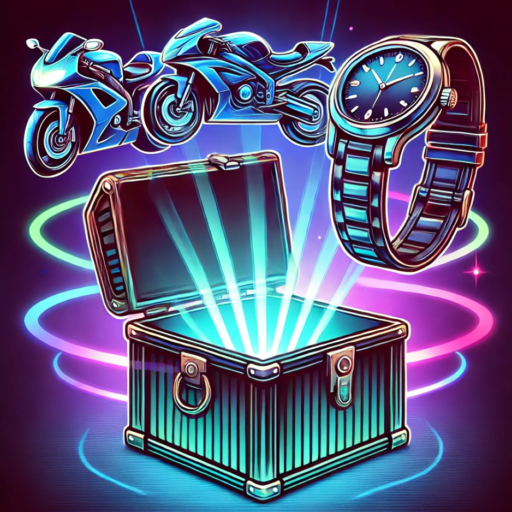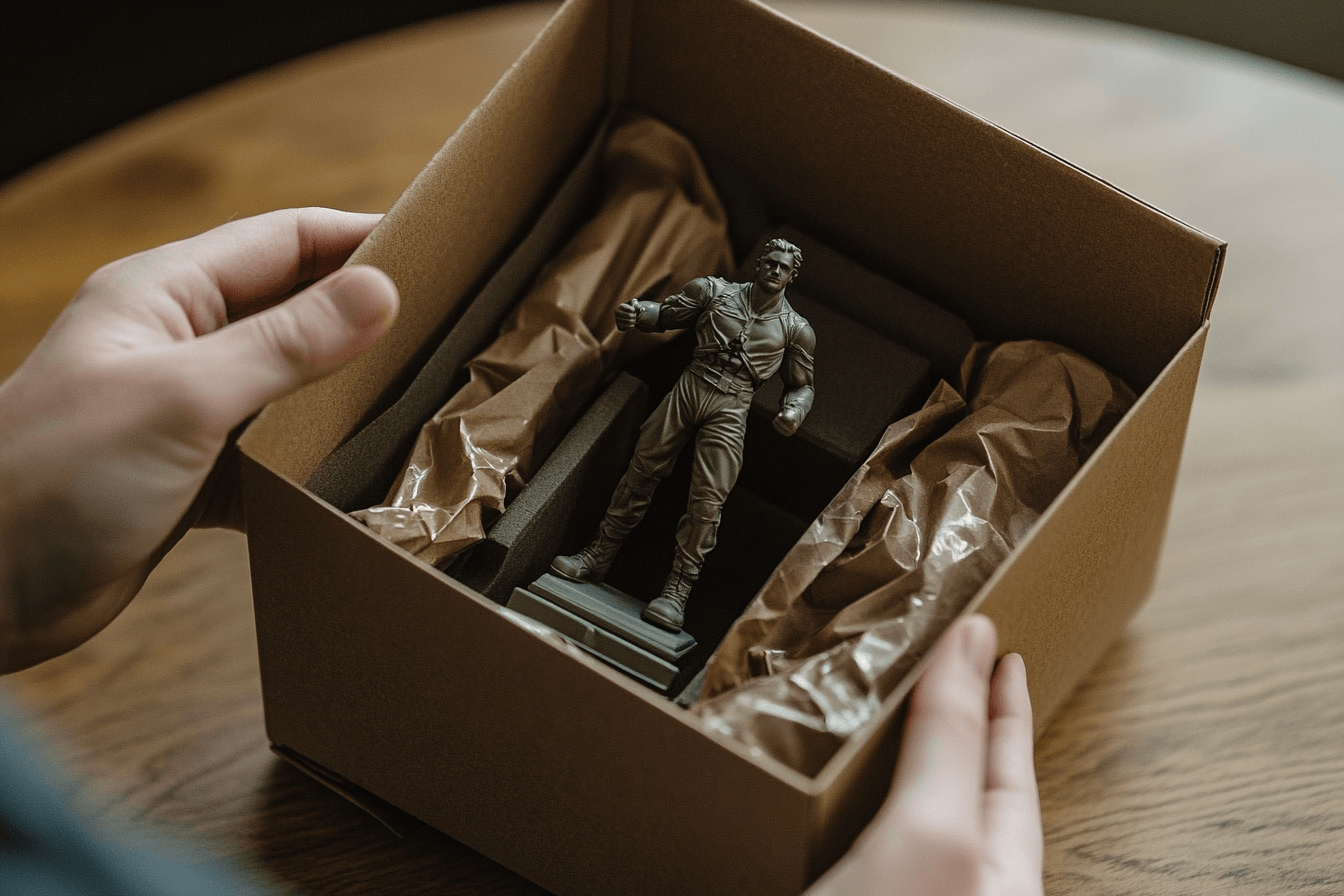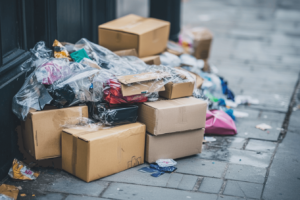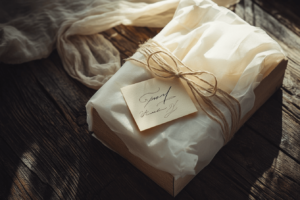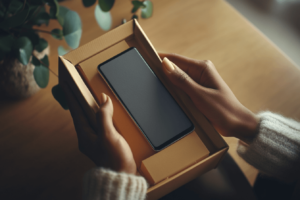The appeal of rare collectibles
Collecting rare items has been a popular pastime for centuries, but in the age of social media and digital influence, the appeal of rare collectibles has exploded. Whether it’s limited edition sneakers, rare comic books, vintage action figures, or collectible toys, people are increasingly drawn to these items. But what makes rare collectibles so captivating, and why are so many willing to pay sky-high prices for them?
Why people are drawn to limited edition items
The allure of limited edition items lies in their exclusivity. Collectibles are often released in small quantities, making them scarce and difficult to obtain. This scarcity increases the perceived value of the item, fueling a sense of urgency among potential buyers. Humans are naturally wired to desire things that are rare or hard to get, as this gives them a sense of accomplishment when they acquire something special.
Moreover, limited edition collectibles tap into a broader sense of identity and belonging. Owning a rare item can signal to others that you have a unique taste or that you’re part of an exclusive community. For many collectors, the joy doesn’t just come from owning the item, but from the status that owning it confers. This desire to be part of something special is a significant part of why people go after rare collectibles.
The allure of exclusivity and scarcity
Exclusivity is a powerful force. When an item is presented as being rare or in limited supply, it instantly becomes more desirable. This is especially true for people who want to stand out or feel unique. The idea that « everyone can’t have it » drives people to act fast and often pay premium prices.
The allure of scarcity is not just an emotional response; it’s a calculated marketing strategy. Companies release items in limited quantities to heighten demand and create a sense of urgency. Collectors are well aware of this strategy, yet they find themselves drawn into the excitement. The fear of missing out (FOMO) can be overwhelming, and many feel the need to acquire rare collectibles before they’re gone forever.
The unboxing experience of rare collectibles
Unboxing rare collectibles is a unique experience. Unlike regular products, rare items often come with additional packaging and special presentation that make the moment of opening them feel like a grand event. The thrill of unveiling a valuable or hard-to-find item is something that adds to the excitement and can be almost as enjoyable as owning the item itself.
What makes an unboxing of rare items different?
Unboxing a rare collectible is often an event in itself. Unlike standard product unboxings, where you expect certain items, unboxing a rare collectible is more like uncovering a hidden treasure. There is an element of suspense in the process. The packaging is usually more elaborate, with attention paid to every detail to make the experience feel more special. Collectors don’t just want the item; they want the entire experience—from the unboxing process to the final reveal.
The unboxing process for rare items often involves unwrapping layers of protective materials, opening a beautifully designed box, and handling the item with care. The anticipation builds as each layer is peeled back, and the collector is drawn into the moment. This heightened sense of excitement is part of what makes unboxing rare collectibles such an addictive experience.
Packaging and presentation: enhancing the treasure hunt
The packaging of rare collectibles plays a critical role in enhancing the unboxing experience. Unlike mass-produced items, these collectibles are often packaged with meticulous care. Limited-edition boxes are designed to reflect the importance of the item inside, often featuring special graphics, metallic finishes, or even numbered certificates that add to the feeling of rarity.
The way an item is packaged can significantly influence the emotional connection a collector feels. The act of carefully unwrapping a collectible and revealing it slowly adds to the excitement. Many collectors even keep the packaging intact, as the presentation is part of the item’s overall value. The packaging, therefore, isn’t just about protecting the product it’s about creating a lasting memory.
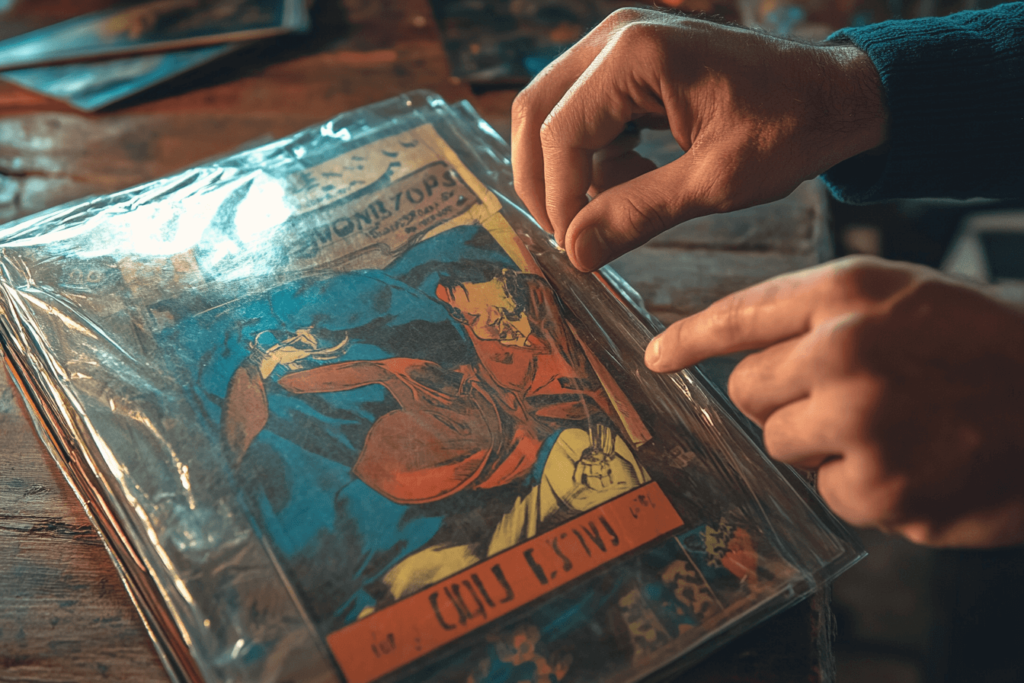
The value debate: Are they worth the price?
One of the most common debates surrounding rare collectibles is whether they are truly worth the price tag. While some items appreciate in value over time, others quickly lose their worth after the initial hype fades away. Understanding the factors that determine the value of rare collectibles is crucial for anyone looking to invest in them.
Factors that influence the worth of collectibles
The value of a collectible is determined by a number of factors. Rarity is, of course, the biggest factor items that are hard to find or produced in limited quantities will always command higher prices. However, other factors also come into play, such as the condition of the item, its age, and its cultural significance.
For instance, items that are in mint condition are worth more than those that are damaged or worn. Similarly, items that have historical or cultural importance such as vintage toys or first-edition books tend to appreciate in value more than others. The reputation of the creator or brand behind the item can also impact its worth. Items produced by renowned artists or popular brands are likely to retain their value better than lesser-known products.
The role of nostalgia and emotional value
For many collectors, the value of rare items isn’t just financial; it’s emotional. Many collectibles are tied to memories from childhood or significant moments in a collector’s life. These emotional connections can often outweigh the item’s monetary value, leading people to pay more than the item is worth on the market.
Nostalgia plays a significant role in the value of rare collectibles. For example, someone who grew up playing with a certain action figure may be willing to pay a premium for a vintage version of that toy. In these cases, the value isn’t necessarily based on the rarity or condition of the item, but rather the personal meaning it holds.
The hype surrounding rare collectibles
The world of rare collectibles is often fueled by hype. When an item is released as a limited edition, it generates excitement among collectors and fans alike. Social media plays a key role in driving this hype, with influencers and collectors sharing their unboxing experiences to build anticipation.
How limited editions create demand
Limited edition releases often generate demand simply by being exclusive. When brands announce that only a certain number of items will be produced, the demand skyrockets. This scarcity drives up prices, sometimes even before the product has officially been released. Many collectors buy into this hype, believing that they are acquiring something valuable before it becomes widely available or too expensive.
The limited nature of the product also leads to an increase in competition. When multiple people want the same item, it creates a sense of urgency that encourages fast action. In some cases, limited edition items can sell out within minutes of being released, leaving some buyers disappointed. This only adds to the allure and excitement of the item.
The impact of social media and influencer culture
Social media has greatly influenced the hype around rare collectibles. Platforms like Instagram, TikTok, and YouTube have created a space for collectors to share their finds, show off their unboxing experiences, and build communities around their passions. Influencers play a huge role in spreading awareness and building excitement around limited edition releases.
When an influencer or popular collector posts about a rare item, it can quickly go viral, leading to a surge in demand. Their endorsement can turn an item from a niche product into a must-have for a wider audience, further driving the hype.
Real treasures or overpriced investments?
While some rare collectibles prove to be valuable investments over time, others lose their worth once the hype fades. The risk of overpaying for an item that isn’t truly rare or valuable is high, and this is a concern for many collectors.
The risks of investing in rare collectibles
Investing in rare collectibles can be a gamble. While some items appreciate in value, others may not hold their worth once the initial excitement dies down. Trends change quickly, and what is popular today may be forgotten tomorrow. Collectors who purchase items with the hope of reselling them for a profit may find themselves stuck with an item that isn’t worth as much as they paid.
Additionally, there’s always the risk of counterfeit items flooding the market. Collectors need to be diligent when purchasing rare items, ensuring that what they’re buying is authentic and not a reproduction or fake.
Collectibles that stand the test of time vs. those that don’t
Some rare collectibles stand the test of time, growing in value as they become increasingly difficult to find. Items like vintage comic books, first-edition books, or classic toys often appreciate in value as they become more scarce. These collectibles hold cultural significance and are often in demand among a dedicated group of collectors.
On the other hand, many limited edition items are subject to trends and fads. What is hot today may not be in demand in the future. For instance, collectibles tied to a certain pop culture moment, such as a character from a popular movie or a video game, may lose their appeal once the trend fades. These items may not retain their value long term, leaving collectors with overpriced investments.
